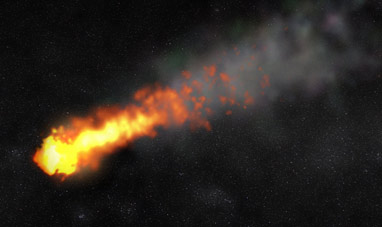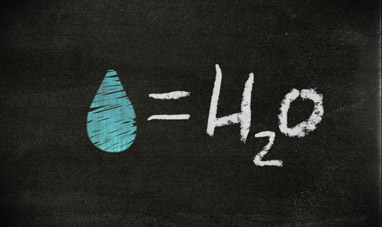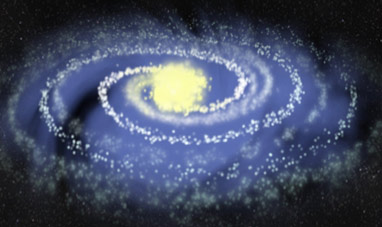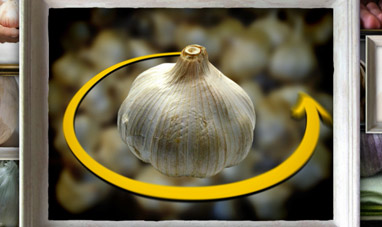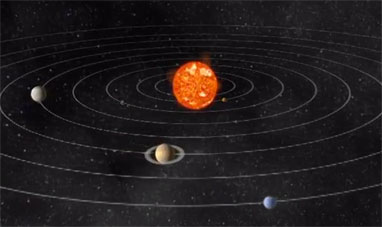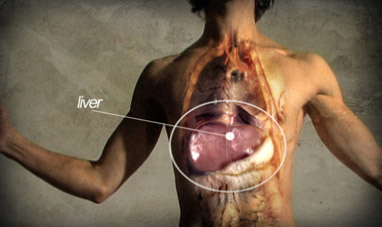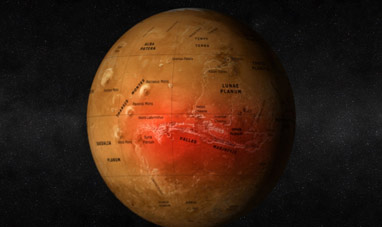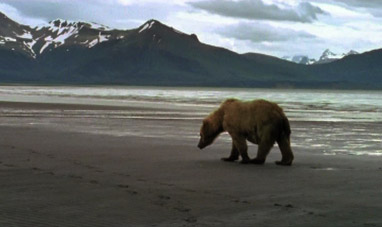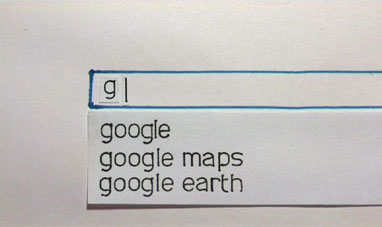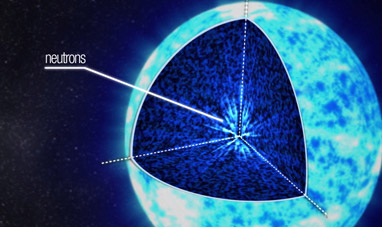Mercury is the first planet in our solar system, and the closest to our sun. The average distance between Mercury and the sun is about 58 million kilometers. Mercury is also the smallest planet in the solar system. Its diameter is about 4880 km, slightly more than one-third the size of the Earth’s. Mercury is a terrestrial planet, which means it is mostly made up of rocks and silicates. Most scientists agree that it came into being the same way as other planets, like our earth, when material gravitating around the sun started to pull together into celestial bodies roughly 5 billion years ago. Mercury is extremely dense, roughly 5.44 grams per cubic centimeter. Because of its high density, scientists believe the planet might hide a massive iron core beneath its surface. Mercury has no atmosphere and a wide range of temperatures. The surface facing the sun reaches 427 degrees Celsius [427 °C] the hottest of any planet in the solar system while the other side can drop as low as 170 degrees below Celsius. [– 170 °C] The planet’s surface is covered with craters caused by meteors, giving Mercury an appearance similar to the moon’s. Mercury’s topography also features mountains and great crevices.
The force of gravity on Mercury is just over one-third that on Earth. Thus, a man who weighs 80 kilos [80 kg] here on Earth would weigh a mere 30 kilos [30 kg] on Mercury. The planet takes 87.9 earth days to complete its orbit around the sun, and 58.6 earth days to do a full rotation on its own axis. For a long time Mercury’s orbit puzzled astronomers. Classical theories of gravity failed to explain the perihelion precession rate. This is because Mercury does not always follow the same path around the sun. The axis of its orbit slowly changes direction due to the sun’s gravity. The phenomenon only made sense in the context of Einstein's theory of relativity, which itself used Mercury as experimental proof. Mercury is named after the speedy Roman god of commerce. It may have earned the name because of the speed with which it crosses the sky. Due to its proximity to the sun, Mercury is difficult to observe from the earth. Solar light makes it impossible to see except for a few days every year. Even then, Mercury is only visible before dawn or just after sunset. Nonetheless, the planet has been familiar to men since ancient times. The Greeks referred to it by two different names, calling it Apollo at dawn and Hermes at sunset. In 1639, Italian astronomer Giovanni Battista Zupi used a telescope to reveal that Mercury had phases like those of the moon. This proved that Mercury orbits around the sun.
The force of gravity on Mercury is just over one-third that on Earth. Thus, a man who weighs 80 kilos [80 kg] here on Earth would weigh a mere 30 kilos [30 kg] on Mercury. The planet takes 87.9 earth days to complete its orbit around the sun, and 58.6 earth days to do a full rotation on its own axis. For a long time Mercury’s orbit puzzled astronomers. Classical theories of gravity failed to explain the perihelion precession rate. This is because Mercury does not always follow the same path around the sun. The axis of its orbit slowly changes direction due to the sun’s gravity. The phenomenon only made sense in the context of Einstein's theory of relativity, which itself used Mercury as experimental proof. Mercury is named after the speedy Roman god of commerce. It may have earned the name because of the speed with which it crosses the sky. Due to its proximity to the sun, Mercury is difficult to observe from the earth. Solar light makes it impossible to see except for a few days every year. Even then, Mercury is only visible before dawn or just after sunset. Nonetheless, the planet has been familiar to men since ancient times. The Greeks referred to it by two different names, calling it Apollo at dawn and Hermes at sunset. In 1639, Italian astronomer Giovanni Battista Zupi used a telescope to reveal that Mercury had phases like those of the moon. This proved that Mercury orbits around the sun.






